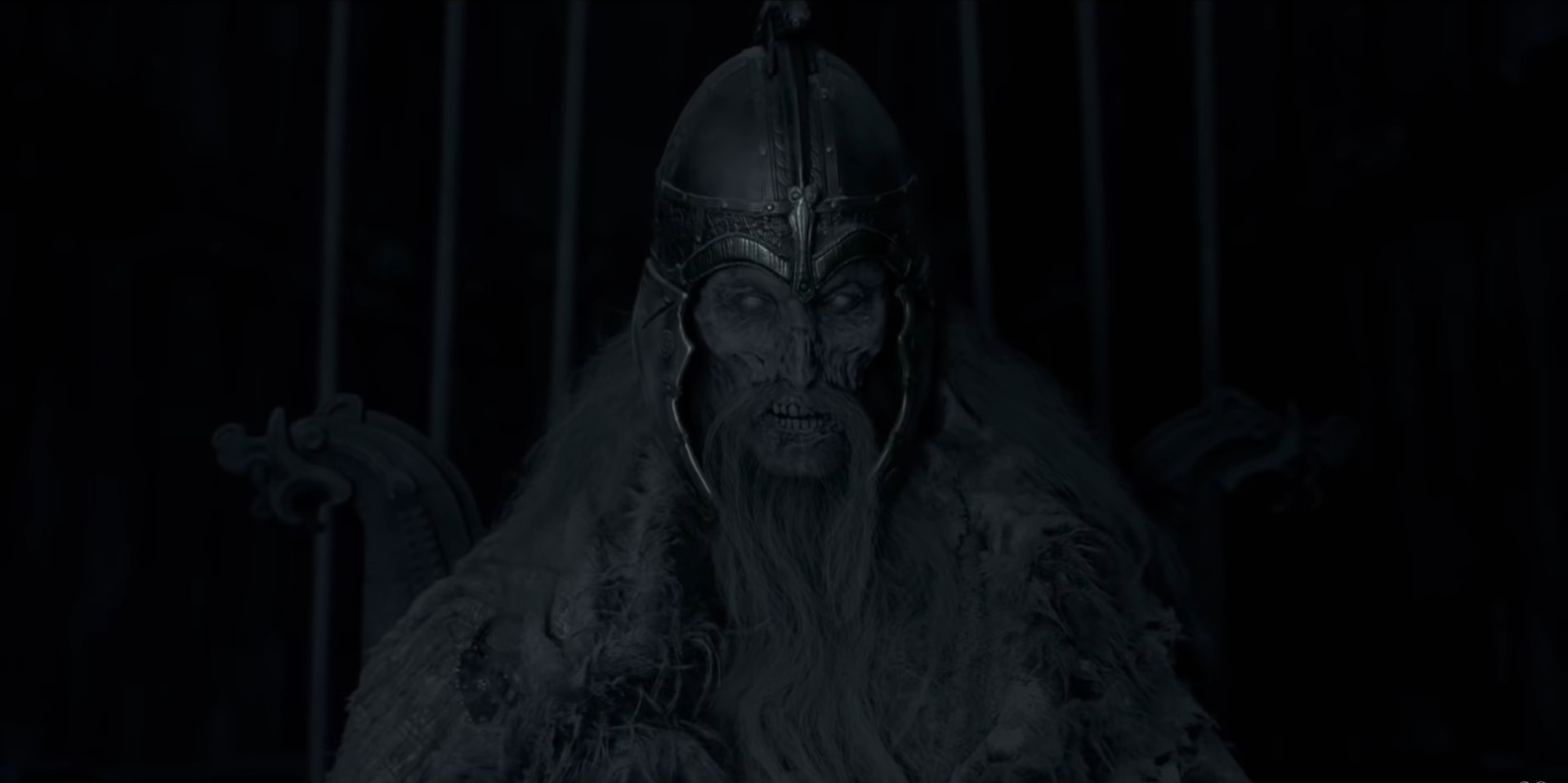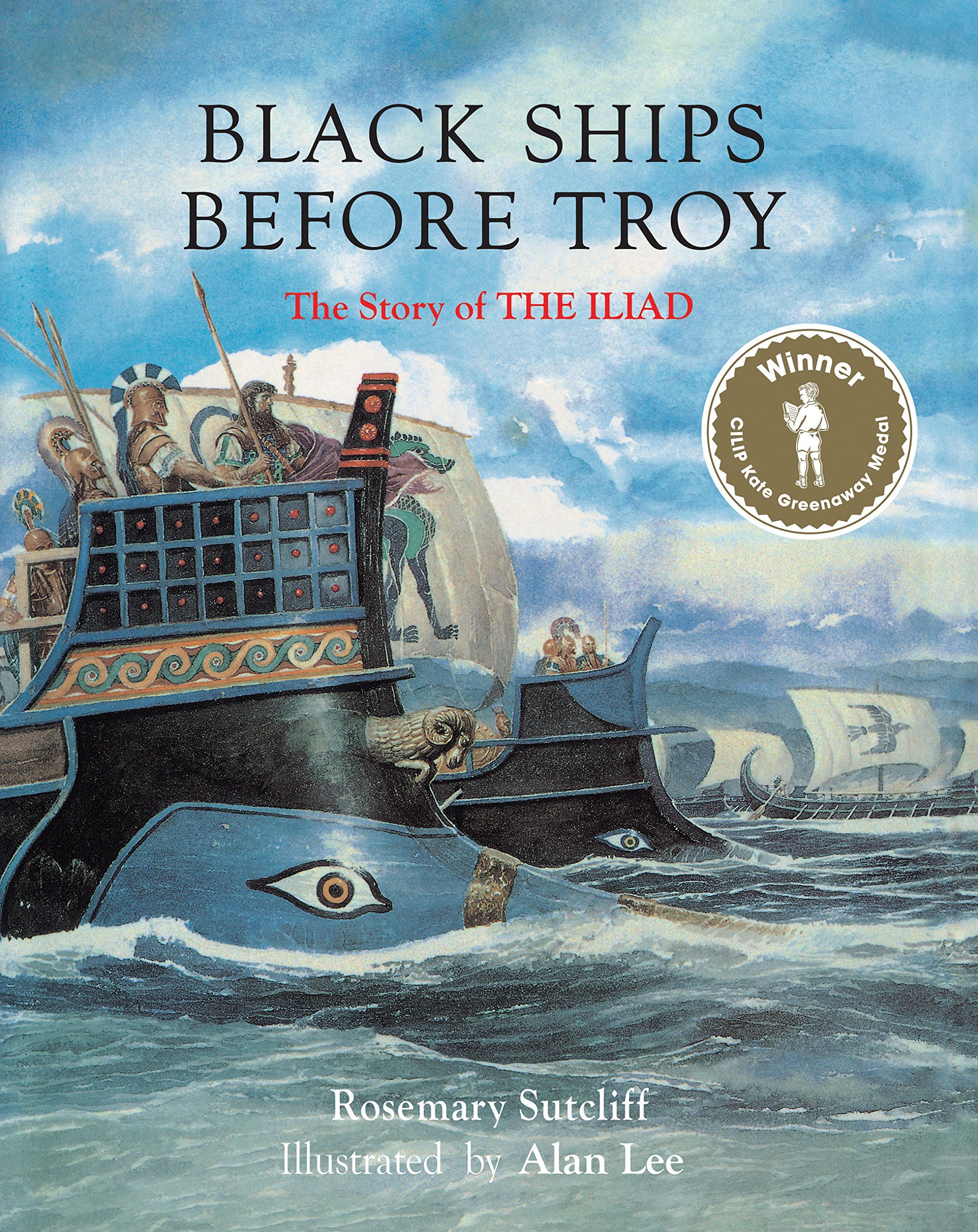The illusion of insight
/A quick follow up from last week’s post about the overemphasis on “themes” as part of English education.
People may rebel against their middle- and high-school English classes out of frustration with things like themes and symbols, but the same oversimplifying impulses are alive and well in pop culture. Where the wannabe intellectual discussing his favorite books online might still talk about themes, the more populist, mystical type will gravitate toward “archetypes” and, the thing that has introduced legions of precocious readers to this kind of talk, the Hero’s Journey.
I don’t know enough about Jung qua Jung to judge the validity of his ideas as an approach to psychology, but I abhor the Jungian “archetypal” approach to literature, and for the same reasons I abhor overemphasizing themes.
An example, and one of the things that alerted me to and turned me against archetypal readings:
Years ago I read King, Warrior, Magician, Lover, a book on “the masculine archetypes” recommended in a blog series at The Art of Manliness. The authors, Jungian analysts, use the four titular archetypes to develop a taxonomy of the male personality and to examine the ways deficiencies and excesses—to put it in Aristotelian terms—warp it. Where the “mature masculine” balances all four, too little or too much of any of the archetypes result in various forms of bad character. The king, if insufficiently strong, becomes a weak puppet; if too strong, a tyrant. The warrior must use the wisdom of the magician to balance his propensity for violence, lest he become either a cruel sadist or a passive masochist. And so on.
All well and good. What has always been most interesting and appealing to me about Jungian archetypes is their usefulness in taxonomy—in sorting and categorizing. (There’s the Aristotelian in me again.) But the authors of King, Warrior, Magician, Lover, in their effort to support their thesis, plunder history and world mythology for examples and badly misuse the ones that aren’t flatly wrong or made up.
Thus, in discussing the “generative,” fertility-related traits of the lover archetype, they give us Abraham and… Zeus. The father of two nations and the ravisher of mortal women and, in at least some traditions, little boys. Sure, both fathered children, but focusing on that similarity and ignoring the differences between these two “generative” archetypes is morally incoherent.
Which brings me to Jungian archetypes in literature and to the Hero’s Journey specifically. (Somewhere inside me I have a 5,000-word essay called “Against the Hero’s Journey,” but until I find the time and patience to write that, a post like this one will have to suffice.) There are plenty of problems with the Hero’s Journey—not least its artificiality, oversimplification or misinterpretation of other myths, and its rarity in the wild—but my primary objection to it is the temptation to treat an observation about structure as some kind of insight into content. Time and time again, I’ve seen stories dissected as examples of the Hero’s Journey and its characters labeled with various archetypes as if this says anything at all about them beyond pointing out the shape of their plots.
I can provide a very direct example. A few years ago I was surprised to see a new review on Goodreads for my first novel, No Snakes in Iceland. The review was fairly positive but what stunned me about it was seeing the author label No Snakes in Iceland an example of the Hero’s Journey. Is that actually true? I wondered. I had a good, long think about it and had to conclude that, yes, it mostly fits the shape proposed by Campbell.
But does that actually say anything about the story? No.
Borrowing from John Gardner and others, I’ve emphasized over and over and over particularity—the preeminence of concrete specifics—as a creative principle. It seems to me to be a good interpretive principle as well. So, to look at just one element of the Hero’s Journey with that in mind, the hero himself, what is this comparison ignoring that matters to the story?
The hero of No Snakes in Iceland is Edgar, a middle-aged Anglo-Saxon nobleman and close associate of King Æthelred, who has served the king for years as gofer and chronicler. Edgar is educated, intelligent, dutiful, and brave, if self-effacing and preferring to work behind the scenes. He is also bitter in the extreme at the loss of his only child to an accident and the loss of his wife in a Viking raid a few years before. He is in Iceland by the order of an archbishop as an act of penance and longs for home. Edgar’s story then—if you’re looking for a theme or character arc—is one of repentance.
Compare him to the specifics of a few other purportedly Campbellian heroes:
Luke Skywalker—a young single man in an out-of-the-way place with no prospects and apparently undistinguished background. He is brave but petulant and ignorant of the world and mostly wants to get away from the family farm and make something of himself.
Harry Potter—a child of exalted background who has been orphaned, deprived of his inheritance, and kept in total ignorance of who he is. Longsuffering and not ambitious, he is rescued from his predicament rather than escaping from it and placed in a situation where his natural goodwill can develop.
Bilbo Baggins—a comfortably situated middle-aged bachelor who enjoys a quiet, undistinguished rural life in his ancestral home. Unambitious to a fault and utterly unaccustomed to danger and hardship.
Neo—a twenty-something cubicle drone by day and computer hacker by night, who lives in total isolation and with no apparent drive and no prospects of improvement. He is ignorant and apathetic and important mostly by dint of being “chosen.”
Hamlet/Simba—an actual prince who is deprived of his inheritance by his uncle and actively and knowingly avoids his calling until confronted by his father’s spirit.
Are there points of similarity? Yes! But focusing on these obscures more than it reveals. The dissimilarities matter immensely, not only in terms of the specifics of each story but for message, moral import, and, yes, theme. Does it actually mean something that these heroes’ stories play out in a similar structure? No, I don’t think so. Does it mean something that Luke Skywalker and Harry Potter are young and undistinguished while Bilbo and Edgar are older, successful, and well-connected? Yes. So why don’t we focus on that instead? Similarities might draw your attention but you’ll get more understanding from looking at dissimilarity.
As I hope I’ve suggested above, there’s a place for archetype talk in the discussion and study of good stories, but more often than not, without a counterbalancing focus on the particulars of a given story, it offers only the illusion of insight.


















